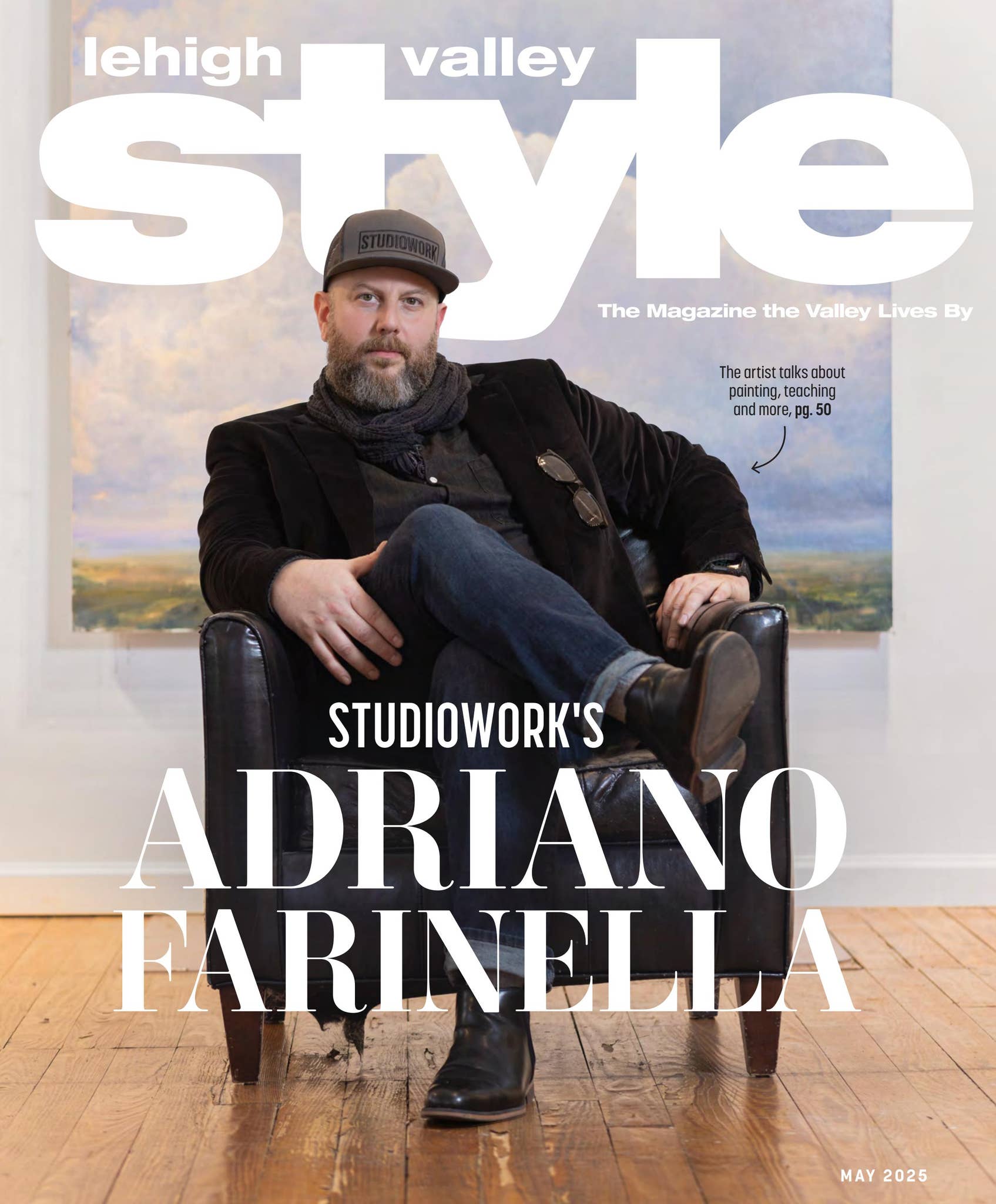So many stylish and vibrant interiors are paraded before us in the age of Instagram and Pinterest—of course we want to join the fun. Whether you're moved by some amazing inspo or tired of a ho-hum home, you can take decorating into your own hands and create an environment that suits, soothes and inspires you. Shweta Jajodia of SJ Interiors presents her best tips for adding a little more you into your space.
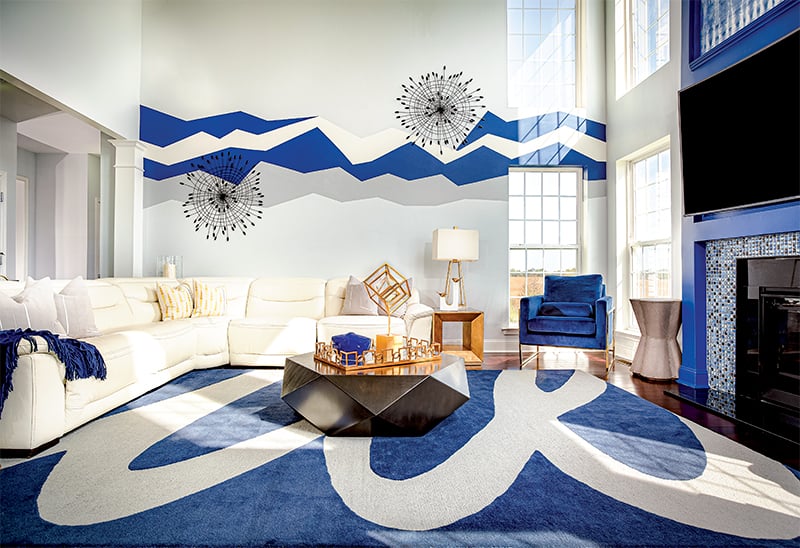
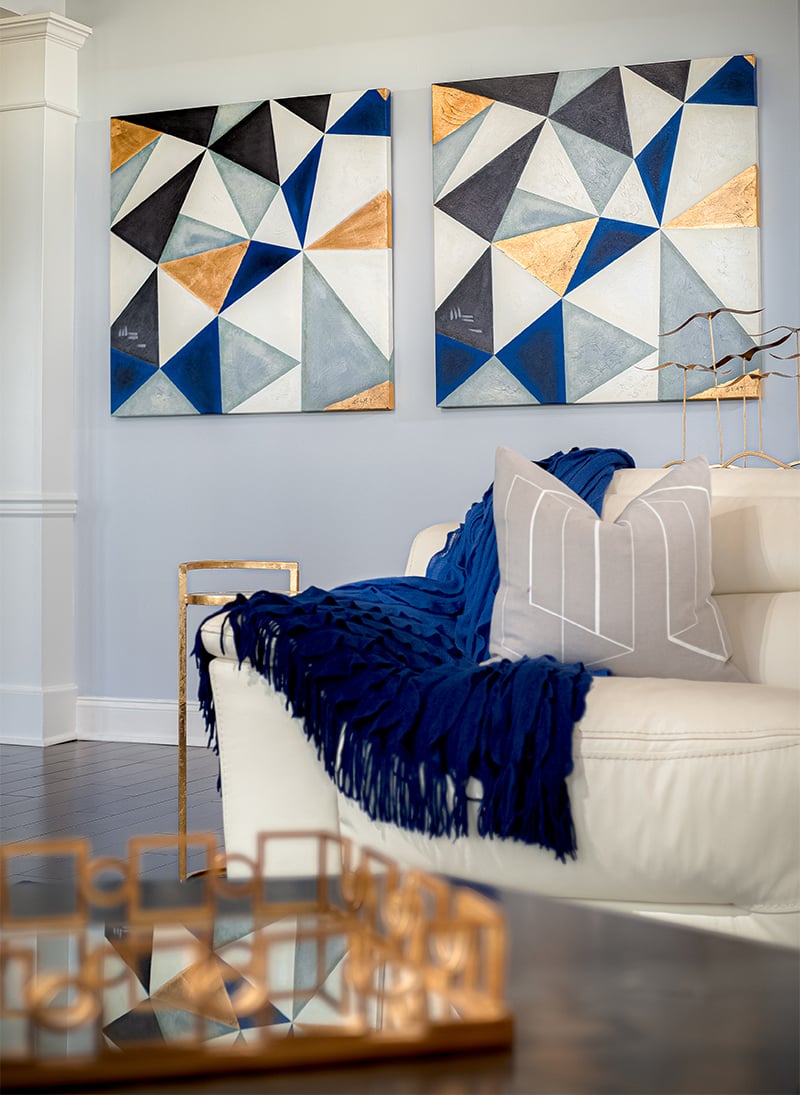
Let Your Light Shine
The design of your home isn't just about what you like looking at, it's also a major factor in how you feel. One powerful producer of mood is lighting. Here in often-rainy Pennsylvania, we have to make sure the light inside our homes is picking up the slack.
“Sometimes people just have overall ceiling light,” Jajodia says, “one flat level in the house.” This is blah compared to accent lighting to showcase artwork, or a cozy corner glow for your reading nook. If certain spaces don't feel inviting to you, see if a change in lighting makes a massive mood upgrade.
Wallpaper, Please
One simple way to bring in a color, pattern and vibe is the funky cool wallpaper trending today. Bursting florals, regimented geometrics, even subtle motifs can add eye-catching color or texture.
“I've experimented with using wallpaper as a backdrop for shelves,” says Jajodia, “as an accent wall behind a headboard or a couch, and framed by molding on a wall.”
Probably don't do every wall, but wallpaper can be used to accent a space or to define a separate area in a larger room. One caveat is that it's fiddly and needs to be hung just right, so get a professional's help.
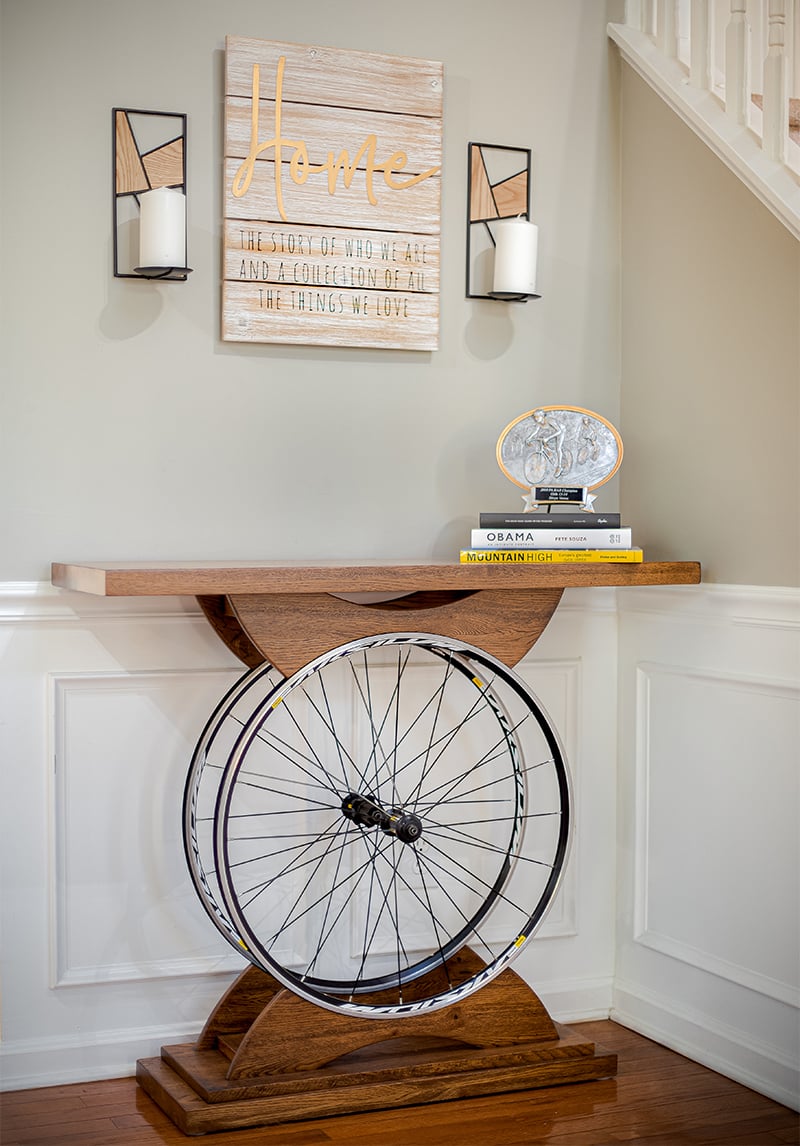
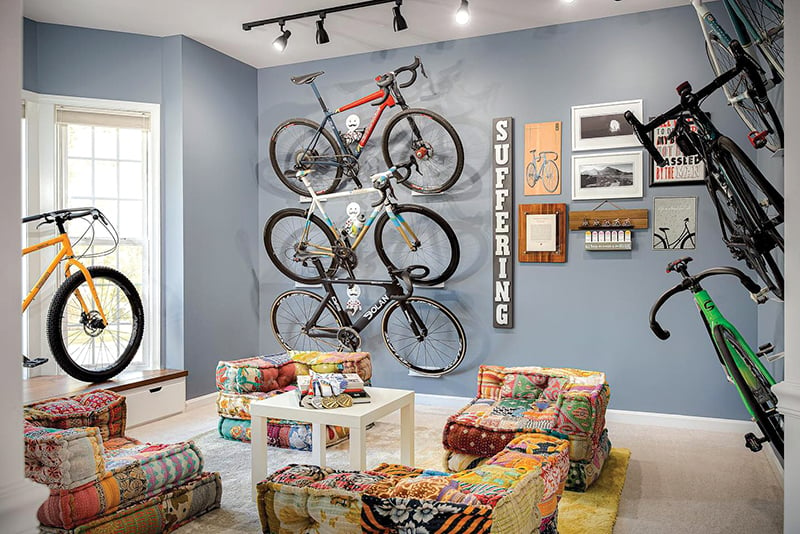
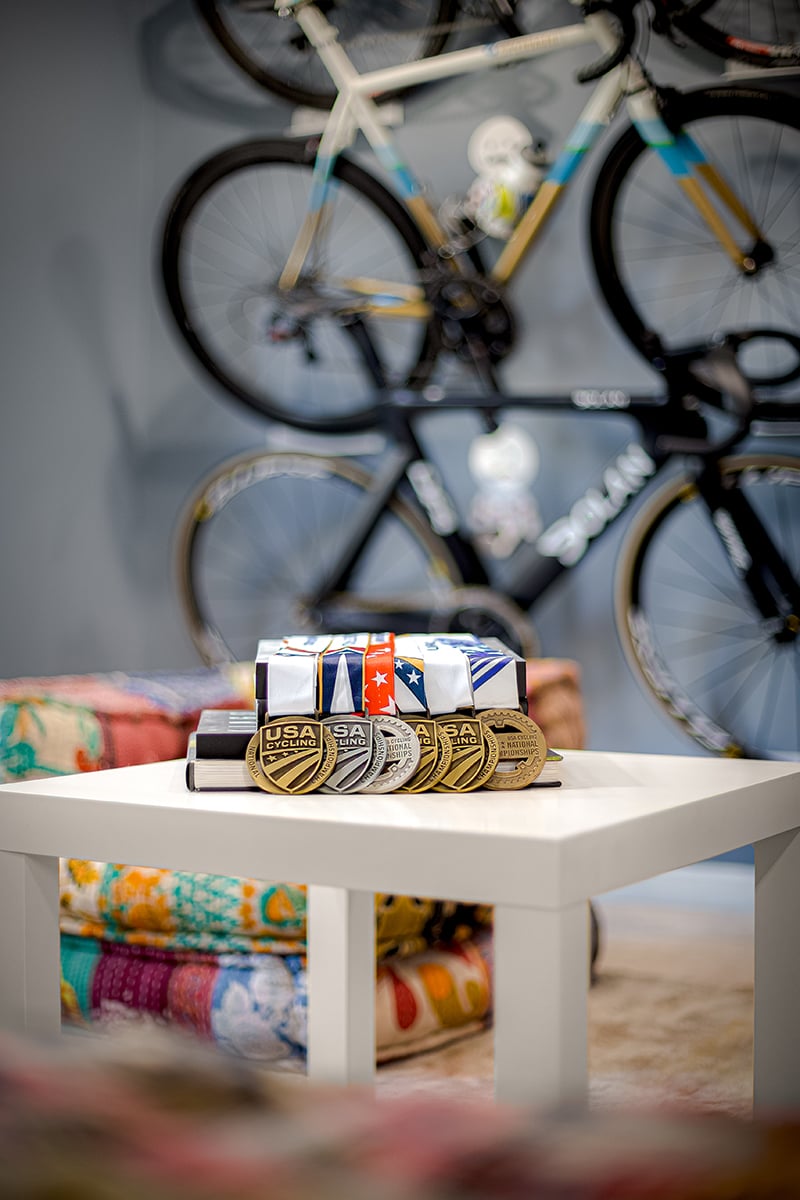
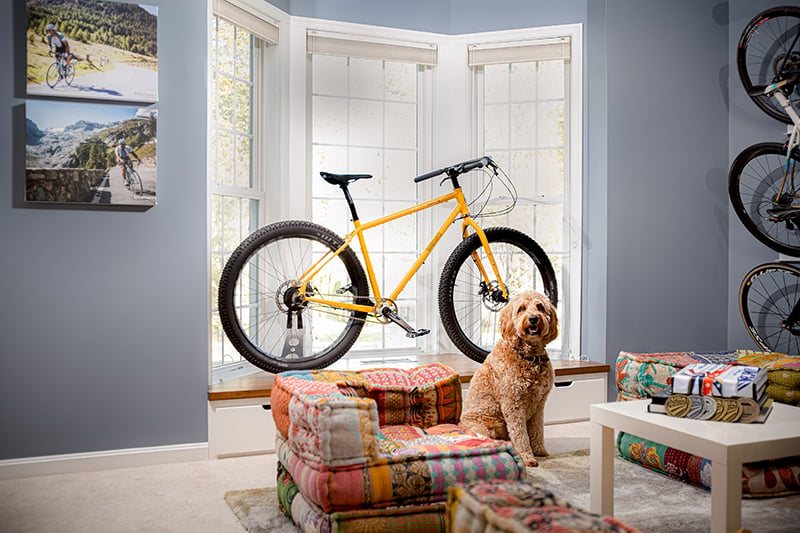
Lifestyle in the Limelight
Jajodia lets her clients' lifestyles inspire her to create designs that tell their story. You likely already have a collection of '80s T-shirts, or a stable of harmonicas, or some things that mean a lot to you and may or may not enjoy a function. Could they become décor?
One of Jajodia's clients was a bicycling family with a beautiful, expensive bike collection in the double digits. They were too nice to stick in a garage or outdoors, so she hung them around the living space, with a tandem bike suspended like a pterodactyl skeleton in the double-height vestibule.
“The family still has entertaining space,” she says, “and when they use the space it reflects strongly their personality and what they love to do.”
Get Moody
Designers make mood boards to determine whether elements like finishes, furniture and colors go together. Jajodia highly recommends it for DIYers, too.
“More people are doing online shopping,” she says, “and you can save pictures of furniture you like in one place to try out the look you're trying to achieve.”
Using visual tools like Houzz and Pinterest helps assess whether elements really go together or will end up clashing—before you make a commitment.
Pick the Perfect Paint
Paint is a relatively cheap and easy way to transform a space, and Jajodia has a tip on choosing your color. Don't just pin a swatch up or paint a little smear in one spot to test the color. Have a piece of something like sheetrock painted in your color and move it around the room to truly understand how the shade will behave in your home depending on lighting and time of day.
“Almost every other kitchen you see has painted cabinets now,” she also points out. Maybe that's what your kitchen needs! Emerald Green or Classic Blue, Pantone's color of the year, are popular pigments, along with shades of gray and black. Using one color for top and another for bottom cabinets is also in vogue.
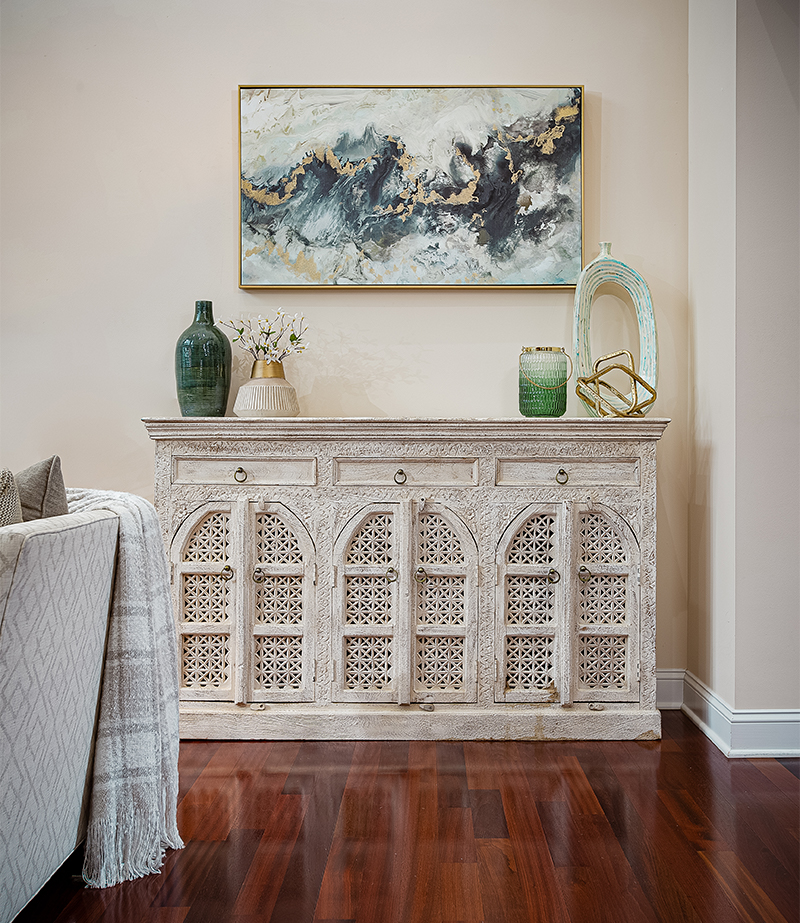
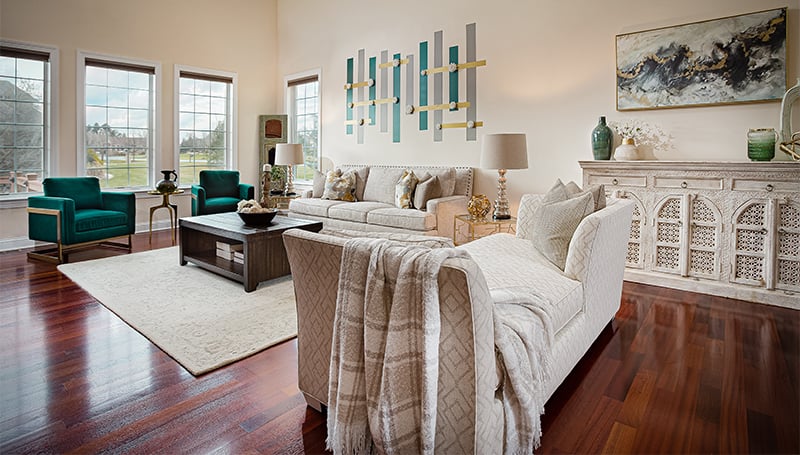
Make It Stick
“Once we're done with a project,” Jajodia says, “we sometimes revisit it to find that day-to-day stuff has collected, and the space doesn't look close to what we had designed.” Whatever efforts you make to set up an accent piece, color scheme and/or cohesive style, it can all be eroded by random clutter. The white space, the fact of what's not there, is crucial to the mood.
Maintain the effects of your design work by identifying clutter and making spaces for it, like intentionally placed toy baskets, magazine holders or mail drawers whose colors, textures and sizes mesh with your look.
Consult for Confidence
Finally, feel free to consult with a designer for validation on your mood board or your bold scheme to refinish some furniture. This way, Jajodia says, “You're getting what you always wanted but with that peace of mind that it will work out when it's all put together.”
With or without this safety net, experiment with some tweaks toward a more expressive space.

The Expert
Shweta Jajodia
Owner/Design Director
SJ Interiors | sjinteriors.com







